 Smoking has long been known to cause heart disease and lung cancer; however many people do not realize that smoking can lead to serious loss of vision. Cigarette smoke contains thousands of chemicals that can damage many organs in our bodies, including our eyes. Over time, smoking can cause serious eye diseases that can cause permanent vision issues.
Smoking has long been known to cause heart disease and lung cancer; however many people do not realize that smoking can lead to serious loss of vision. Cigarette smoke contains thousands of chemicals that can damage many organs in our bodies, including our eyes. Over time, smoking can cause serious eye diseases that can cause permanent vision issues.
The following eye diseases can be made worse by smoking:
- Age-related Macular Degeneration(AMD) – an eye disease that affects central vision. You need central vision to see objects clearly and for common tasks such as reading, recognizing faces, and driving.
- Cataracts – cause blurry vision that progresses over time. Without surgery, cataracts can lead to serious vision loss. The best way to protect your sight from damage linked to smoking is to quit or never start smoking.
- Glaucoma – causes a gradual breakdown of the cells that make up the optic nerve which sends visual information to your brain.. As the nerve cells die, vision is slowly lost, usually beginning with side vision. Often the loss of vision is not noticeable until a significant amount of nerve damage has occurred. This is why as many as half of all people with glaucoma may be unaware that they have the disease.
- Diabetic Retinopathy – a common complication of diabetes. It affects the tiny blood vessels of the retina in the eye. Retinal blood vessels can break down, leak or become blocked and this can affect vision over time. In some people with diabetic retinopathy, serious damage to the eye can occur when new blood vessels grow on the surface of the retina.
- Dry Eye Syndrome – is a condition where eyes do not produce enough tears and lubrication may result in more prominent blood vessels on the eye This can lead to eye irritation, burning, scratchy and painful eyes.
Symptoms of Eye Diseases Related to Smoking:
Age-related Macular Degeneration (AMD):
-
- Loss of central vision needed to see details straight ahead.
- Blurry or wavy areas in the central vision.
- Difficulty recognizing faces.
- Need for more light to read or perform other tasks.
Cataracts:
-
- Cloudy or blurry vision.
- Colors appearing faded or dull.
- Sensitivity to light.
- Trouble seeing at night.
- Double vision.
Diabetic Retinopathy:
-
- Blurry or distorted vision.
- Dark or empty areas in vision.
- Difficulty seeing colors.
Dry Eye Syndrome:
-
- Scratchy, burning, or painful sensations.
- Red eyes
- Excessive tearing.
- Blurry vision.
How Can You Protect Your Vision Related to Smoking?
The best way to protect your eyes is to QUIT SMOKING. According to the National Eye Institute (NEI), quitting smoking lowers the risk of developing eye diseases. Your eyes can begin to recover and your overall health will improve.
Here are some tips to protect your eyes:
- Eat Healthy Foods: Add leafy greens like spinach and kale to your meals. Fish high in omega-3 fatty acids, like salmon and tuna, are also good for your eyes.
- Wear Sunglasses: Protect your eyes from the sun by wearing sunglasses. Look for sunglasses that block 99 to 100 percent of UVA and UVB rays. Sunglasses help even on cloudy days.
- Get Regular Eye Exams: Schedule regular check-ups with an eye doctor. Early detection of eye problems can lower your risk of serious diseases. If eye diseases run in your family, early care is especially important.
If you smoke cigarettes and are concerned about your vision, consult with your health care provider about ways to quit smoking to help protect your eyes. You can also find resources to help you on your journey to living a smoke-free life at Smokefree.gov.


 Save Your Vision Month is here.
Save Your Vision Month is here. Most people have eye problems at one time or another. Some are minor and will go away on their own, or are easy to treat at home. Others need a specialist’s care. Some eye issues come with age while others may be a serious condition.
Most people have eye problems at one time or another. Some are minor and will go away on their own, or are easy to treat at home. Others need a specialist’s care. Some eye issues come with age while others may be a serious condition. Dry eye is a common condition that occurs when your tears aren’t able to provide adequate lubrication for your eyes. Tears can be inadequate for many reasons. For example, dry eyes may occur if you don’t produce enough tears or if you produce poor-quality tears. Dry eyes can also feel very uncomfortable.
Dry eye is a common condition that occurs when your tears aren’t able to provide adequate lubrication for your eyes. Tears can be inadequate for many reasons. For example, dry eyes may occur if you don’t produce enough tears or if you produce poor-quality tears. Dry eyes can also feel very uncomfortable.
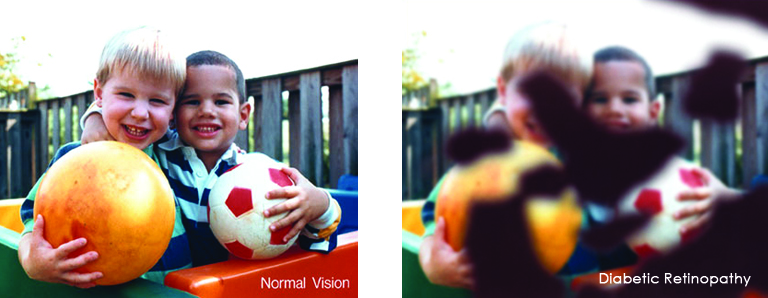
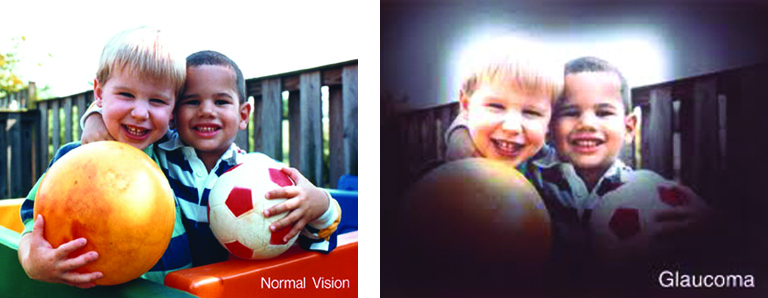
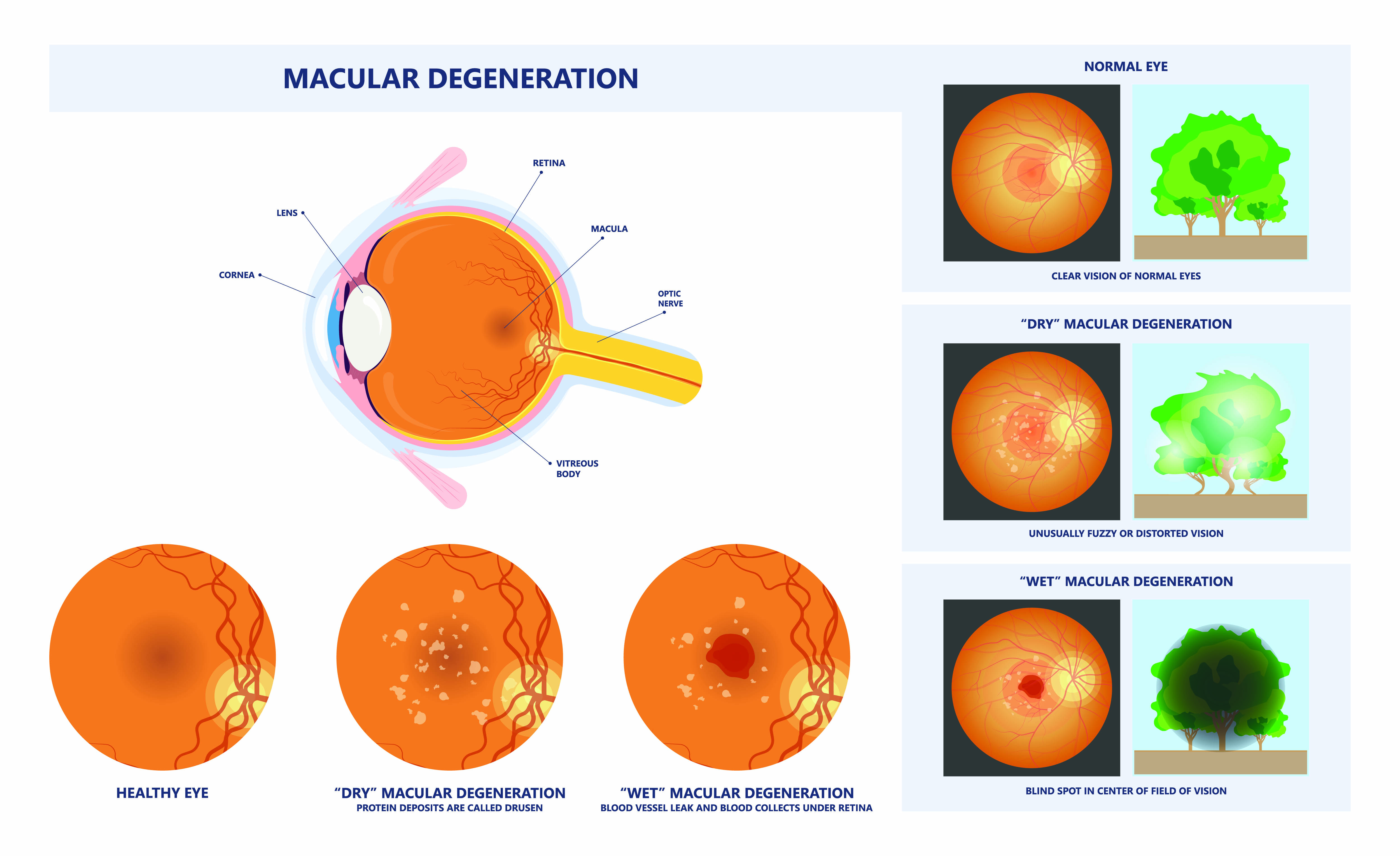

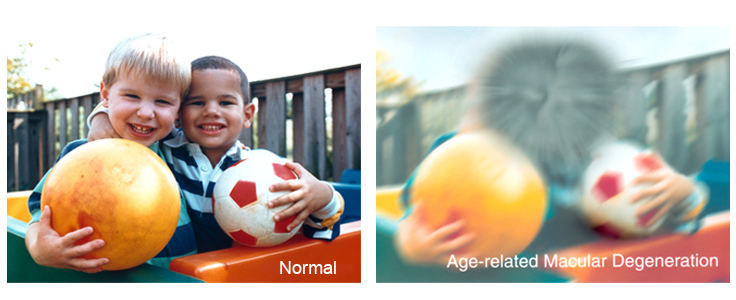

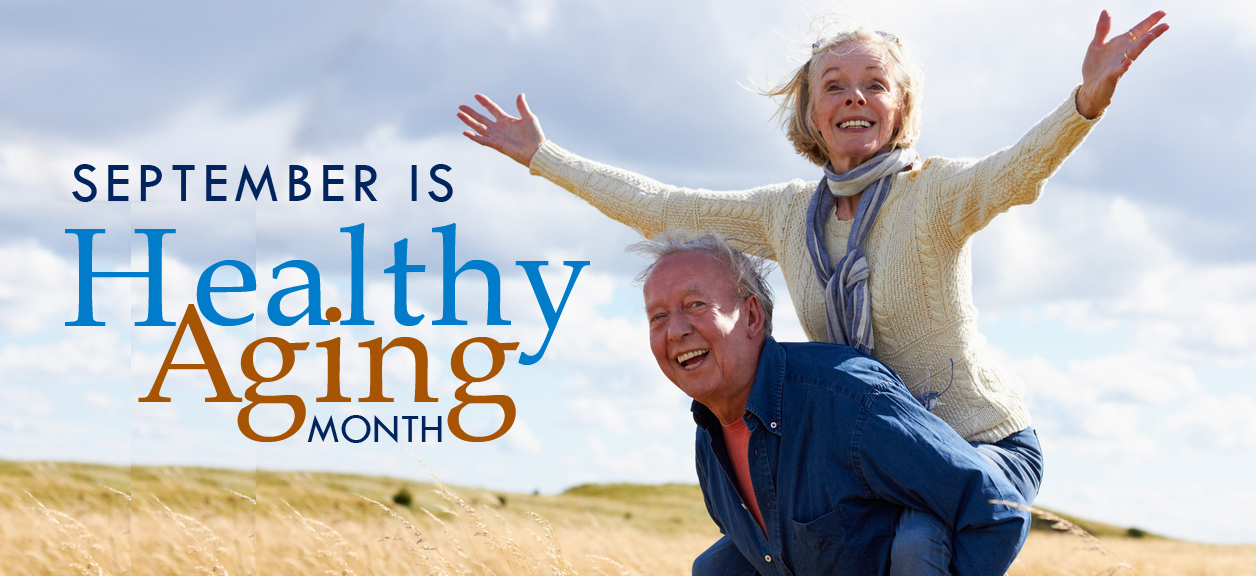 Today, people are living longer than ever before so it’s important to be proactive and take responsibility for your health as you age.
Today, people are living longer than ever before so it’s important to be proactive and take responsibility for your health as you age. 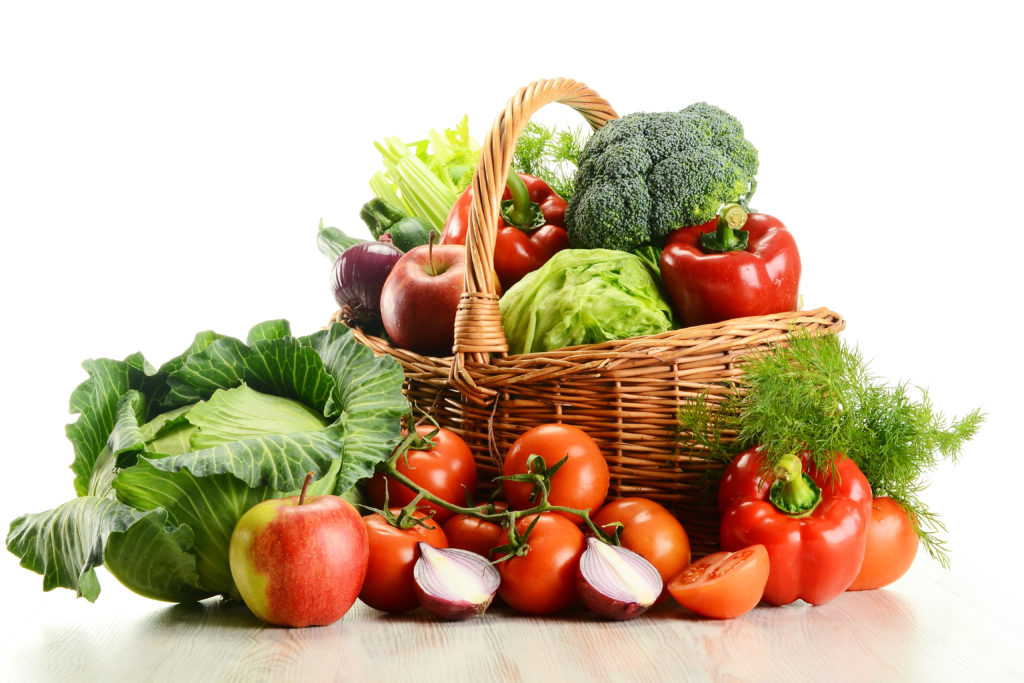
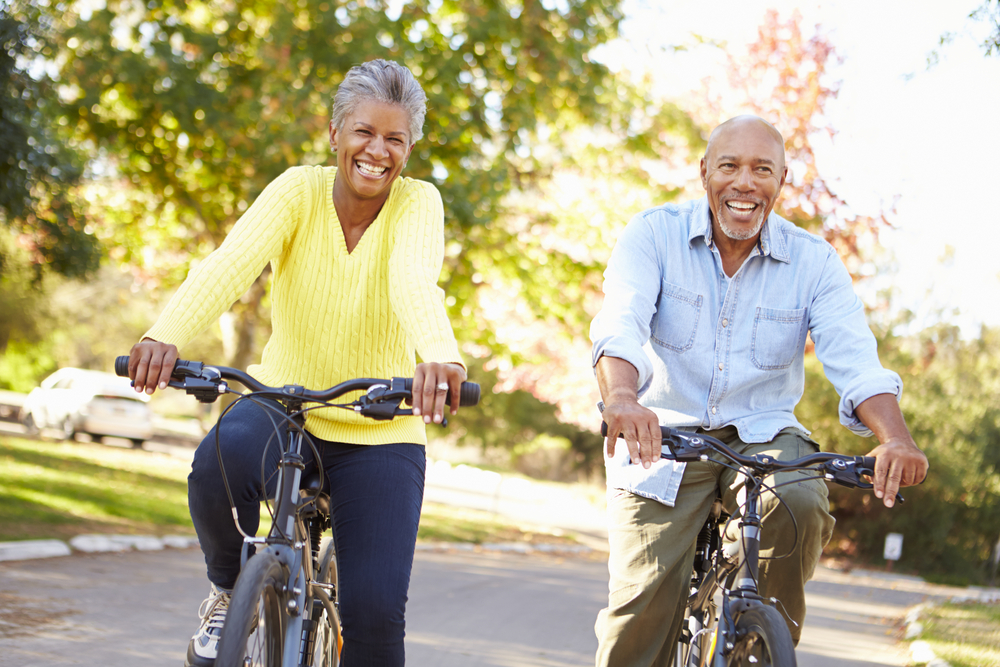 Maintain a healthy weight. Being overweight increases your risk for diabetes. By exercising regularly, you can help keep your body healthy and prevent vision loss.
Maintain a healthy weight. Being overweight increases your risk for diabetes. By exercising regularly, you can help keep your body healthy and prevent vision loss. 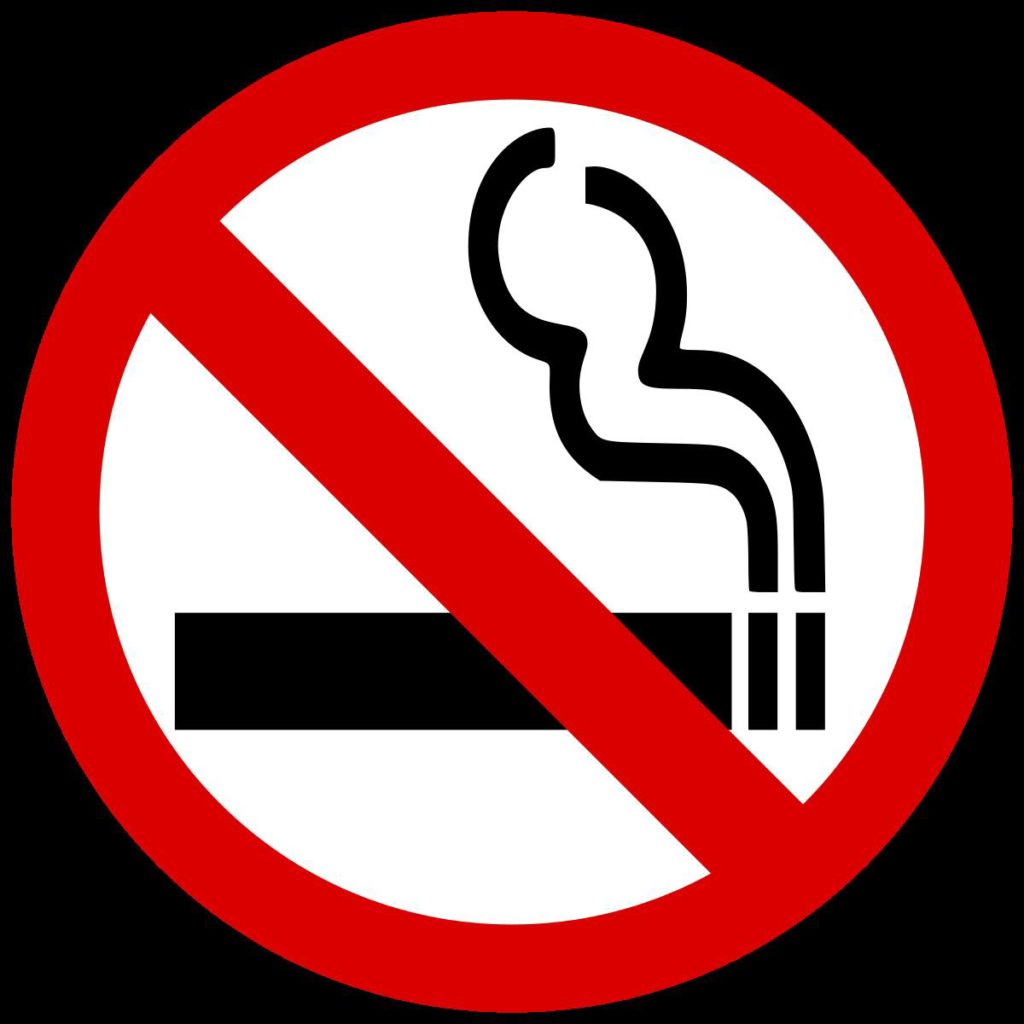 Don’t smoke. Smoking increases your risk for age-related macular degeneration, cataract, and other eye diseases and conditions that can damage the optic nerve.
Don’t smoke. Smoking increases your risk for age-related macular degeneration, cataract, and other eye diseases and conditions that can damage the optic nerve. Wear protective eyewear when outdoors. Protecting your eyes from the sun’s ultraviolet rays when you are outdoors is vital for your eye health. Wearing sunglasses that block 99 to 100 percent of both UV-A and UV-B radiation.
Wear protective eyewear when outdoors. Protecting your eyes from the sun’s ultraviolet rays when you are outdoors is vital for your eye health. Wearing sunglasses that block 99 to 100 percent of both UV-A and UV-B radiation. Know your family history. Talk to your family members about their eye health history. It’s important to know if anyone has been diagnosed with a disease or condition since many are hereditary, such as glaucoma, macular degeneration, and diabetes . This will help determine if you are at higher risk for developing an eye disease or condition.
Know your family history. Talk to your family members about their eye health history. It’s important to know if anyone has been diagnosed with a disease or condition since many are hereditary, such as glaucoma, macular degeneration, and diabetes . This will help determine if you are at higher risk for developing an eye disease or condition. Consider a multivitamin. Vitamins C, E and the mineral zinc have been shown to promote eye health. Vitamins with Lutein and Zeaxanthin have been known to help patients with moderate to severe age-related macular degeneration.
Consider a multivitamin. Vitamins C, E and the mineral zinc have been shown to promote eye health. Vitamins with Lutein and Zeaxanthin have been known to help patients with moderate to severe age-related macular degeneration.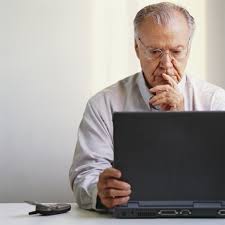 Give your eyes a rest. If you spend a lot of time at the computer or focusing at any one distance, you sometimes forget to blink, resulting in dryness and eye fatigue. Every 20 minutes, look away about 20 feet in front of you for 20 seconds. This can help reduce eyestrain. Consider using a lubricant eye drop during long periods of intense eye use and rest your eyes for 5 minutes.
Give your eyes a rest. If you spend a lot of time at the computer or focusing at any one distance, you sometimes forget to blink, resulting in dryness and eye fatigue. Every 20 minutes, look away about 20 feet in front of you for 20 seconds. This can help reduce eyestrain. Consider using a lubricant eye drop during long periods of intense eye use and rest your eyes for 5 minutes.

